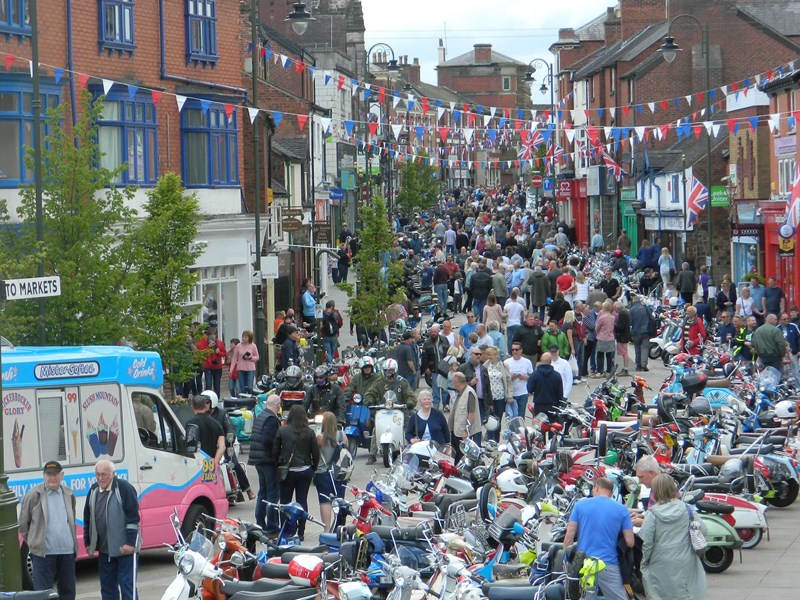The importance of the high street in creating a sense of place: a place to connect

By Charlotte Cain
Visitor Economy Partnership Development Manager, Stoke on Trent and Staffordshire LVEP
__
The UK high street, particularly in market towns and villages, has evolved significantly amid challenges faced by traditional retailers such as rising operating costs, technological advancements, and shifting consumer behaviour. The pandemic highlighted the importance of local businesses, turning high streets into essential platforms for artisans, entrepreneurs, and community connections.
Embracing locally sourced goods not only enhances community resilience but also promotes sustainability. High streets, with creativity, collaboration, and partnerships, can transform into centres for food and drink, hubs for independent shops, and focal points for events, fostering a sense of belonging and participation within the community.
Local Visitor Economy Partnerships
The creation of Local Visitor Economy Partnerships (LVEPs) nationally offers a promising avenue for inclusive economic development, blending cultural, economic, and place-making strategies to support local businesses and revive high streets. Staffordshire's historical high streets, such as Leek, Cheadle, and Biddulph, exemplify this with their architectural gems, landmarks, and cultural attractions.
Leek, a thriving market town in the Staffordshire Moorlands, stands out for its unique shops, antiques, and award-winning teashops, creating a distinct identity. Cheadle, known for its architecture - Pugin’s Gem - and cultural programming, and Biddulph with its enchanting Victorian Garden, showcase how historical charm contributes to community and identity, making high streets attractive destinations.
Staffordshire’s approach to revitalising the high streets connects the dots with compelling visitor offers and the foundations for place-making.
Connecting the dots
- Enhancing the physical environment and making the high street more inviting by working with local authorities to improve public spaces in the high street to create a sense of welcome.
- LVEPs can help secure new cultural events and festivals with funding programmes and partnerships that draw people to the high street, boost footfall and contribute to the overall vibrancy of the area.
- Community involvement is essential for the success of any revitalisation project, to align with local needs and preferences. LVEPs often involve collaboration between local businesses, authorities, and community groups.
- The push and pull between attractions and high streets can be supported through effective LVEP marketing and branding and can create a positive image of the high street, attracting both visitors and residents.
- LVEPs may leverage digital tools and technologies to enhance the visitor experience. Embracing digital innovation can make the high street more competitive and appealing in the modern era - digital displays, interactive kiosks, and mobile apps and trails to connect customers and increase dwell time.
- There is increased emphasis on sustainability, ethical sourcing, and local products. Retailers that adapt to these changing preferences can foster stronger relationships with consumers and build a more sustainable business model for the future.
In summary, the high street remains a vital part of communities, and its revival is possible through a holistic approach which celebrates distinctiveness. By creating a sense of place, and community, and leveraging digital tools, high streets can adapt to the modern era. The national reform of the visitor economy, exemplified by Staffordshire's efforts, presents an exciting opportunity for inclusive economic development and high street revitalisation.
